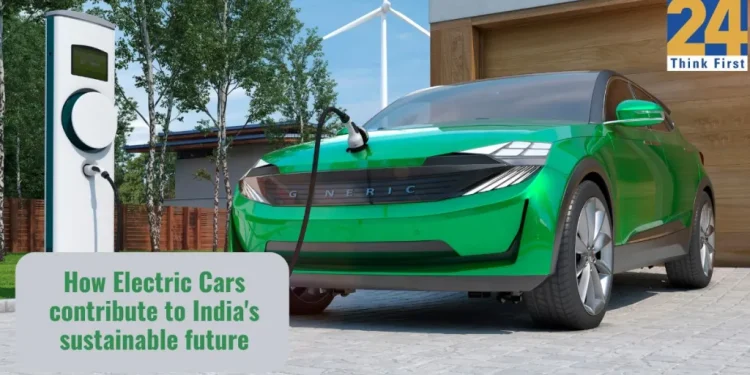🚗 Introduction
India’s electric vehicle (EV) market is surging in 2025. With strong government backing, rising fuel prices, and increasing environmental awareness, more Indians are shifting to electric mobility. From two-wheelers to buses and even trucks, EVs are no longer the future—they’re the now. This article explores the current EV landscape, market trends, and what lies ahead.
📈 Market Growth Highlights
- India is projected to have over 10 million EVs on the road by the end of 2025.
- EV two-wheelers dominate the market, with brands like Ola Electric, Ather Energy, and TVS leading.
- EV car sales from Tata Motors, MG Motor, and Hyundai have seen a 3x growth since 2022.
- Rise in electric buses and last-mile delivery EVs, especially in urban centers.
🏛️ Government Support & Policy Push
- FAME II (Faster Adoption and Manufacturing of Hybrid and Electric Vehicles) continues to offer subsidies for EV buyers.
- State EV policies in Maharashtra, Delhi, Tamil Nadu, and Gujarat offer tax breaks and infrastructure incentives.
- PLI schemes (Production Linked Incentives) to boost local battery and EV component manufacturing.
- Expansion of scrappage policy to phase out older ICE vehicles.
🔋 Charging Infrastructure & Innovation
- Over 12,000 public charging stations are operational across metro cities and highways.
- Growth of battery swapping stations, led by startups like Battery Smart and Sun Mobility.
- Focus on solar-powered EV charging, especially in rural and semi-urban areas.
- Advances in solid-state battery technology improving vehicle range and charging speed.
⚠️ Challenges in EV Adoption
- Range anxiety and lack of consistent charging infrastructure in smaller towns.
- High upfront costs of EVs compared to ICE counterparts (though narrowing).
- Need for better battery recycling and disposal systems.
- Dependence on imported lithium and rare earth materials.
🌍 Sustainability & Environmental Impact
- EVs play a key role in reducing urban air pollution and carbon emissions.
- Shift towards local manufacturing of EVs and components reducing India’s oil import bill.
- Push for clean energy integration with EVs through grid management and smart charging.
🔮 The Road Ahead
- Emergence of affordable EVs priced below ₹8 lakh for mass-market adoption.
- Investments in EV-specific highways and smart mobility hubs.
- Partnerships between auto companies and tech startups for AI-driven mobility solutions.
- India aiming to become a global EV export hub, especially to Africa and Southeast Asia.
🧠 Final Thought
The EV revolution in India is picking up speed. With policy momentum, technological innovation, and growing consumer interest, 2025 marks a turning point in India’s journey towards sustainable and smarter transportation.
































































